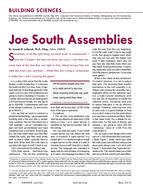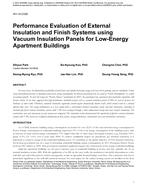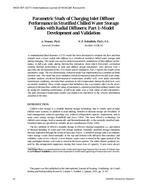I. OBJECTIVE To establish the effectiveness of certain substances on the removal of ozone from a gas stream.
II. SCOPE Ozone (02) is a known, reactive toxic ; therefore it is desired that the degree of reduction and by-product chemicals be quantitatively established for shell based (activated) carbon as well as two (2) reactive materials selected by the contractor. The composition and physical data of the three (3) reactive materials shall be completely identified, by the suppliers, (i.e. % porosity, % external void fraction, dry density, average pore diameter, surface area, adsorptive capacity (water, K/E) trade identification, etc.).
III. BACKGROUND Literature research reveals that ozone is “destroyed” by certain materials such as activated carbon; however, certain by-products may be evolved. It is desired that the by-products such as oxygen, carbon monoxide, carbon dioxide, etc. be quantitatively determined and related to the entering concentration of ozone as well as a suitable physical parameter of the material; Certain materials such as activated carbon will adsorb ‘Qzone.
In time, equilibrium is reached in the adsorptive phase while the reactive phase continues. It is desired that a relationship be established between the adsorptive qualities of reactive materials and ozone in respect to exposure time. Each investigation shall be continued until equilibrium is assured.
Certain materials such as activated alumina are said to act as a catalyst In an ozone atmosphere creating the by-product oxygen. It is desired that a quantitative relationship be determined between ozone concentration in the air stream, a catalyst bed parameter and oxygen/ozone in the. leaving air stream.
What are the effects of temperature, humidity and atmospheric pressure on the above reactions? What are the exothermic values and at what inlet concentration will spontaneous combustion occur?
Product Details
- Published:
- 1976
- Number of Pages:
- 44
- File Size:
- 1 file , 970 KB
- Product Code(s):
- D-RP-169


